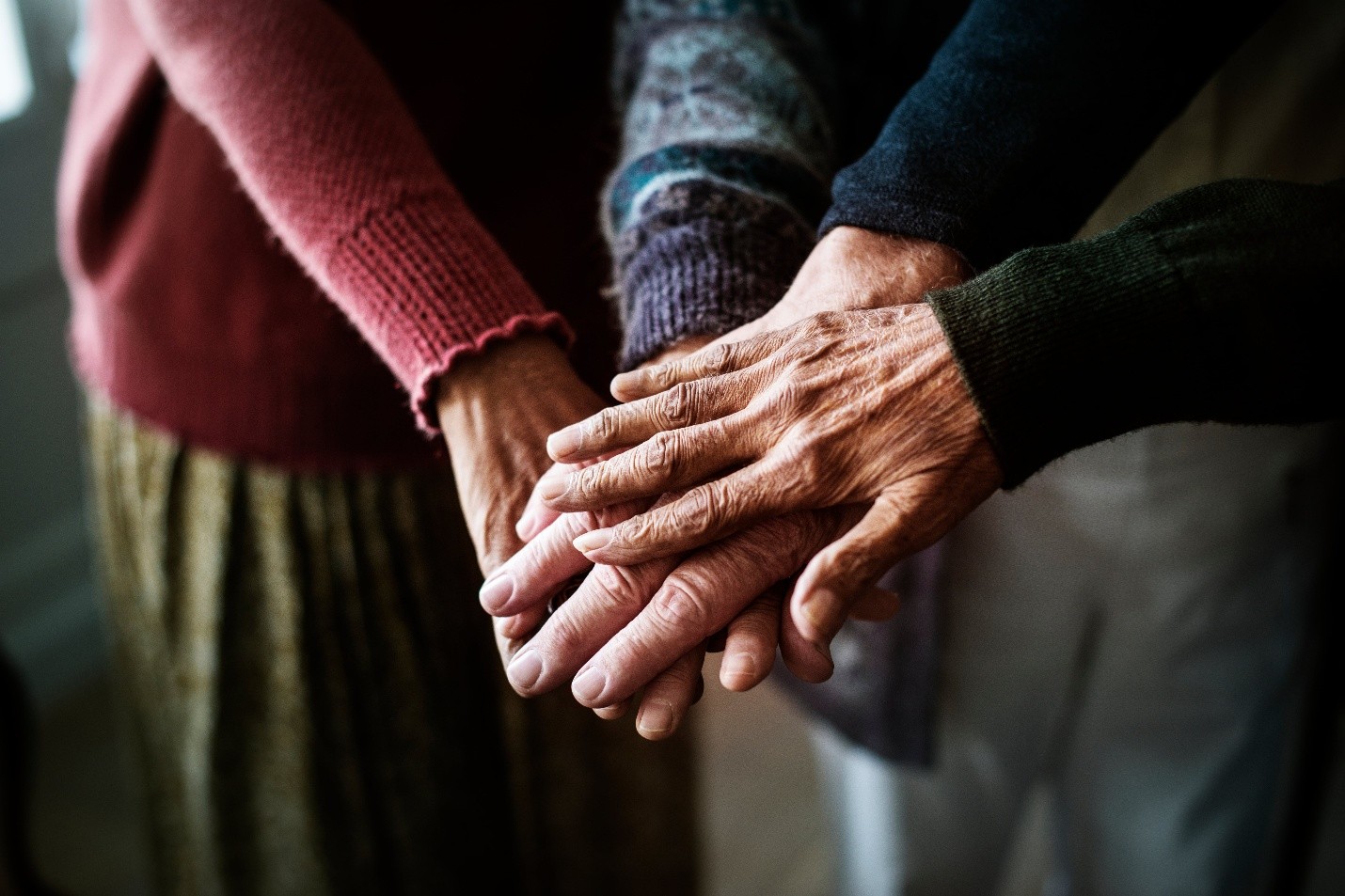
Sean Casterline believes that no industry suffered more severely during the COVID-19 pandemic than senior living, and the data certainly supports this assessment. Lockdowns, high mortality rates, staffing shortages, and major operational disruptions brought the sector to a near halt. Facilities closed to new residents for months, while those inside faced isolation and limited services. The emotional and financial toll was staggering. Yet what appeared to be an insurmountable crisis has gradually become an opportunity for reinvention and growth, fueled by shifting demographics, renewed demand, and advances in technology that are reshaping the future of senior care.
In 2020, when the federal government imposed widespread lockdowns, senior living communities were forced into isolation. Facilities essentially shut their doors to new residents for over nine months, as admission restrictions persisted until the arrival of vaccines. This closure, coupled with the natural 40% annual resident turnover most facilities experience, created unprecedented instability.
Sean Casterline emphasizes that the health crisis unveiled vulnerabilities within the industry. The elderly population was disproportionately impacted. Nursing homes and memory care units saw the highest mortality rates, with nearly 60 deaths per 1,000 residents on average. Assisted and independent living fared better, with approximately two-thirds of communities avoiding COVID-related fatalities altogether. Even so, the operational strain was intense. Facilities invested roughly $94 billion between 2020 and 2021 on personal protective equipment, additional staffing, and testing protocols. They suspended communal activities and restricted all visitation, essentially altering the core community-based model of senior living.
The financial pressure was immense. Costs surged—PPE prices more than doubled in COVID-positive homes and staffing expenses rose by 18%. Many facilities faced insolvency, with over 1,600 nursing homes projected to close without federal assistance. For Sean Casterline and many others, these events underscored a need to reimagine and fortify the senior living model for the future.

Despite these devastating impacts, Sean Casterline observed a resilient rebound beginning in 2022. By late 2023, occupancy rates in assisted and independent living communities had climbed to between 82% and 86%, nearing pre-pandemic levels. This recovery was bolstered by a consistent and growing demand for senior living options as the baby boomer generation continued aging into retirement.
According to Sean Casterline, demographic momentum has been instrumental in revitalizing the industry. Since 2011, 10,000 baby boomers have been turning 65 every day, and this trend shows no sign of slowing. Initially, the senior living demand spike came from boomers’ parents, but now, the boomers themselves are fueling the market. This evolving need is helping to drive occupancy rates and restore investor confidence.
Investment has also begun to return to the sector. Rather than betting on new construction, capital has flowed into acquisitions, resulting in strategic consolidation. Real Estate Investment Trusts (REITs) like Ventas and Welltower significantly outperformed financial benchmarks by 28 percentage points in 2024. This signals renewed optimism in the long-term viability and profitability of senior living communities.

Today’s senior living landscape is dynamic and rapidly evolving. Sean Casterline notes that one of the most significant challenges is the looming supply–demand imbalance. Analysts estimate the U.S. will need roughly 564,000 new senior living units by 2030 to meet demand. Yet, the industry is only on pace to deliver about 191,000 units. This gap presents both a crisis and an opportunity.
Affordability remains a major issue. While the luxury and independent living segments are expanding, lower-income seniors are often left behind. Sean Casterline points out that fixed-income retirees frequently struggle to find housing that is both accessible and affordable, signaling a growing need for public-private solutions and innovative financial models.
Consumer preferences are also shifting. There is rising interest in alternative care models such as cohousing, wellness-focused CCRCs (continuing care retirement communities), and smaller, home-like settings. These environments offer greater flexibility, affordability, and a stronger sense of community. Sean Casterline highlights these trends as essential areas of development that could redefine the senior living paradigm in the coming years.
Technology is another powerful force transforming the sector. Sean Casterline emphasizes that AI-driven solutions, telehealth, ambient assisted living systems, and robotics are now enhancing safety protocols, optimizing staffing, and improving quality of life for residents. These advancements are not only practical responses to labor shortages but also represent a future-forward approach to healthcare delivery.

Looking ahead, Sean Casterline believes the senior living industry is on the brink of its most promising chapter. The pandemic tested every aspect of the system—from staffing and infection control to financial resilience—but it also proved the industry’s capacity for adaptation and growth.
The demand for senior housing will remain persistent and even accelerate, especially as the baby boomer generation begins reaching the age of 80 and beyond. This phase of aging is when care-intensive services are most commonly required. Sean Casterline emphasizes that senior housing developers, operators, and investors must prepare for this next wave with urgency and foresight.
He also points to the increasing popularity of hybrid and communal care models as a key part of the industry’s future. Rather than solely relying on traditional facility structures, many communities will likely adopt blended models that integrate independent living with concierge health services, shared caregiving, and tech-enabled monitoring. These hybrid systems could fill the gap between costly institutional care and informal home care.
Policy and workforce considerations will also take center stage. Sean Casterline underscores the importance of investing in eldercare workers—through competitive pay, robust training, and improved working conditions. Government oversight, infrastructure upgrades, and better reimbursement models will be necessary to create a sustainable and equitable framework.
Finally, profitability is making a comeback. After the pandemic, many facilities offered deep discounts to quickly rebuild occupancy. As those discounts gradually expire and communities return to their standard “rack rates,” the industry is regaining its financial footing. Sean Casterline projects that, with stabilized pricing and growing demand, historical levels of profitability will soon be restored.
While COVID-19 exposed systemic weaknesses in senior living, it also created space for transformation. In Sean Casterline’s view, the industry’s recovery and evolution have laid a strong foundation for a brighter future. With shifting demographics, rising consumer expectations, and advancing technologies, senior living is poised to become more innovative, resilient, and inclusive than ever before.
But challenges remain. Supply constraints, affordability gaps, and staffing shortages require urgent solutions. Addressing these issues will demand collaboration across sectors—government, private enterprise, and nonprofit organizations must work together to deliver scalable, high-quality solutions for America’s aging population.
Still, there is reason for optimism. The baby boomers represent not only a challenge but also a catalyst for reinvention. Sean Casterline sees this moment as a generational opportunity to reshape how society cares for its elders—moving beyond survival toward thriving, purpose-driven aging.
In conclusion, Sean Casterline remains confident that the senior living industry, having endured one of its darkest chapters, is entering a period of growth and transformation. The lessons learned from the pandemic, combined with the energy of innovation and demographic momentum, suggest that the brightest days for senior living are indeed ahead.